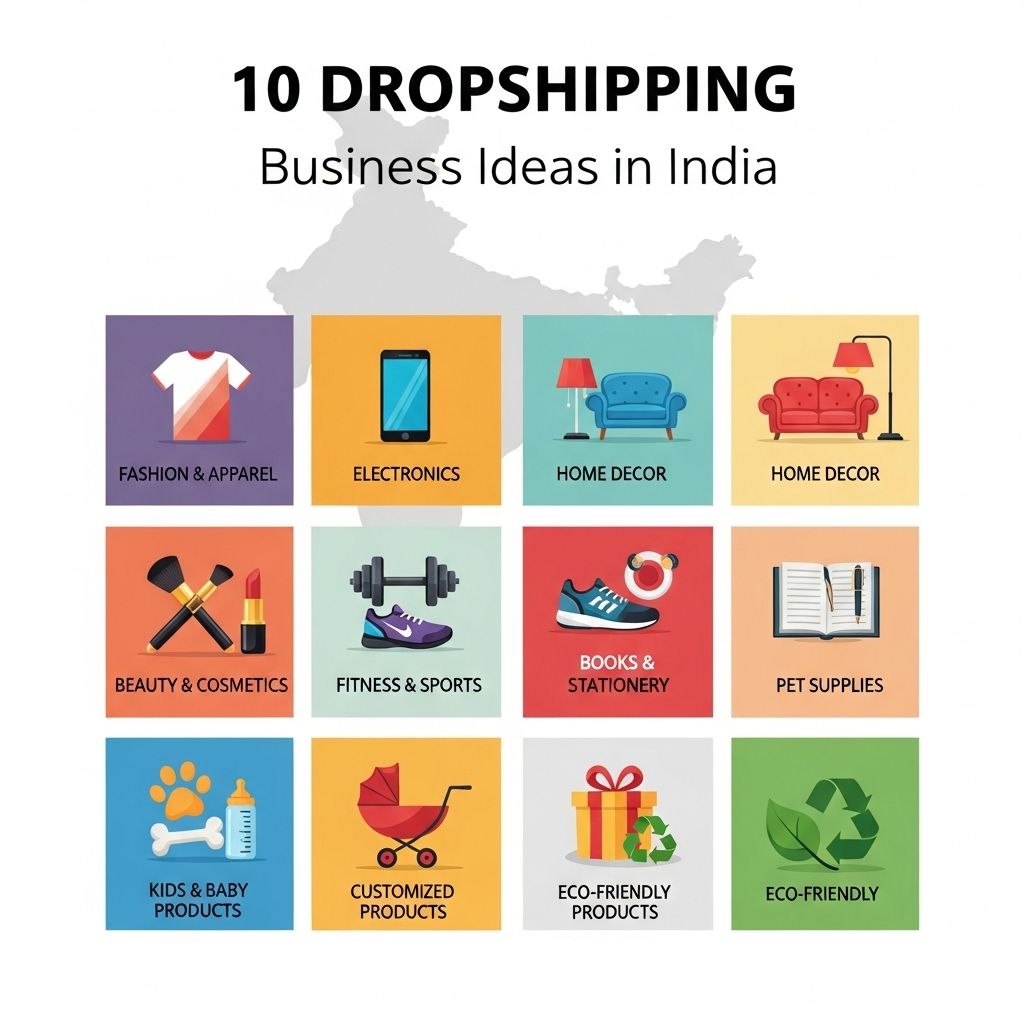In the fast-paced world of e-commerce, achieving success requires more than just a great product. It involves strategic planning, a keen understanding of market dynamics, and the ability to adapt to changing consumer behaviors. With billions of dollars at stake, businesses must leverage innovative strategies to distinguish themselves from the competition. In this article, we will explore five powerful strategies to drive success in the e-commerce space.
1. Optimize Your Website for User Experience
Your website is the digital storefront of your business. Ensuring an optimal user experience (UX) is essential for converting visitors into customers. Here are key tactics to enhance UX:
- Responsive Design: Ensure your website is mobile-friendly. With a significant portion of e-commerce traffic coming from mobile devices, a responsive design is crucial.
- Fast Loading Times: A delay of even a few seconds can lead to high bounce rates. Utilize compression tools, optimize images, and streamline code to improve loading speed.
- Intuitive Navigation: Simplify your menu structure, allowing users to find products with minimal effort. Clear categorization and a robust search function can enhance usability.
Measuring User Experience
Utilize tools like Google Analytics to track user behavior and identify bottlenecks in the purchasing process. A/B testing different layouts can also provide valuable insights.
2. Leverage Data Analytics for Informed Decision-Making
Data-driven decisions can significantly enhance your marketing efforts and product offerings. Here are ways to leverage analytics:
- Understand Customer Behavior: Analyze user interactions on your site to identify trends and preferences. Tools like heatmaps can help visualize where users spend the most time.
- Optimize Inventory Management: Use sales data to anticipate demand and prevent stock shortages or overstock situations. This can lead to better cash flow management.
- Personalize Marketing Efforts: Utilize customer segmentation to tailor marketing messages. Personalized emails and recommendations can boost conversion rates.
Tools for Data Analytics
| Tool | Description | Use Case |
|---|---|---|
| Google Analytics | Web analytics service for tracking and reporting website traffic. | User behavior analysis |
| Hotjar | Provides heatmaps and session recordings to understand user interactions. | UX improvement |
| Tableau | Data visualization tool to create detailed reports and dashboards. | Sales data analysis |
3. Embrace Multi-Channel Selling
In today’s interconnected world, consumers shop across multiple platforms. Embracing a multi-channel selling approach can expand your reach significantly. Consider the following channels:
- Social Media: Platforms like Instagram, Facebook, and Pinterest provide unique opportunities for visual marketing and direct selling.
- Marketplaces: Leverage established marketplaces like Amazon or eBay to tap into their vast customer base.
- Your Own Website: Ensure your website is a priority, acting as a central hub for your branding and e-commerce activities.
Advantages of Multi-Channel Selling
By diversifying your sales channels, you can:
- Increase brand visibility
- Reach a wider audience
- Mitigate risks associated with dependency on a single channel
4. Invest in Robust Customer Service
Exceptional customer service can be a key differentiator in the crowded e-commerce landscape. Here are essential strategies to elevate your customer service:
- Live Chat Support: Implement live chat functionality on your website to provide immediate assistance to customers with inquiries.
- Comprehensive FAQ Section: A well-crafted FAQ page can address common questions, saving time for both customers and support staff.
- Personalized Follow-Ups: After a purchase, sending personalized thank-you messages and requesting feedback can improve customer retention.
Tools for Customer Service
| Tool | Description | Use Case |
|---|---|---|
| Zendesk | Customer service software for managing support tickets. | Customer support management |
| LiveChat | Live chat solution to engage with customers in real-time. | Instant support |
| SurveyMonkey | Survey tool for collecting customer feedback. | Customer satisfaction analysis |
5. Continuously Innovate Your Marketing Strategies
In the dynamic e-commerce landscape, staying ahead means continuously innovating your marketing strategies. Here are effective approaches:
- Content Marketing: Create engaging and informative content that resonates with your target audience. Blogs, videos, and guides can establish your brand as an authority.
- Influencer Collaborations: Partnering with influencers can amplify your brand message and reach audiences you may not connect with otherwise.
- SEO Best Practices: Implementing search engine optimization on your website ensures better visibility on search engines, driving organic traffic.
Emerging Marketing Trends
Stay informed about the latest marketing trends, such as:
- Voice Search Optimization
- Augmented Reality Shopping Experiences
- Sustainability Marketing
In summary, the e-commerce landscape is constantly evolving, and adopting these five strategies will position your business for success. By optimizing user experience, leveraging data analytics, embracing multi-channel selling, investing in customer service, and innovating your marketing strategies, you can not only survive but thrive in this competitive arena. Remember, the key to e-commerce success lies in understanding your customers and adapting to their needs.
FAQ
What are the best strategies for e-commerce success?
Implementing customer-focused strategies, optimizing your website for mobile devices, utilizing social media marketing, offering exceptional customer service, and leveraging data analytics can significantly enhance your e-commerce success.
How can I improve my e-commerce website’s user experience?
To improve user experience, ensure your website is mobile-friendly, streamline navigation, use high-quality images, provide clear product descriptions, and implement easy checkout processes.
What role does SEO play in e-commerce success?
SEO is crucial for e-commerce success as it helps increase organic traffic to your website, improves visibility in search engine results, and ultimately leads to higher sales conversions.
How important is social media marketing for e-commerce?
Social media marketing is vital for e-commerce as it allows businesses to connect with potential customers, promote products, build brand loyalty, and drive traffic to their online stores.
What can I do to enhance customer retention in e-commerce?
Enhancing customer retention can be achieved through personalized marketing, loyalty programs, regular communication, excellent customer service, and soliciting customer feedback to improve your offerings.
How can I utilize data analytics for my e-commerce business?
Utilizing data analytics allows you to track customer behavior, understand market trends, optimize your marketing strategies, and make informed decisions to boost sales and improve customer satisfaction.




